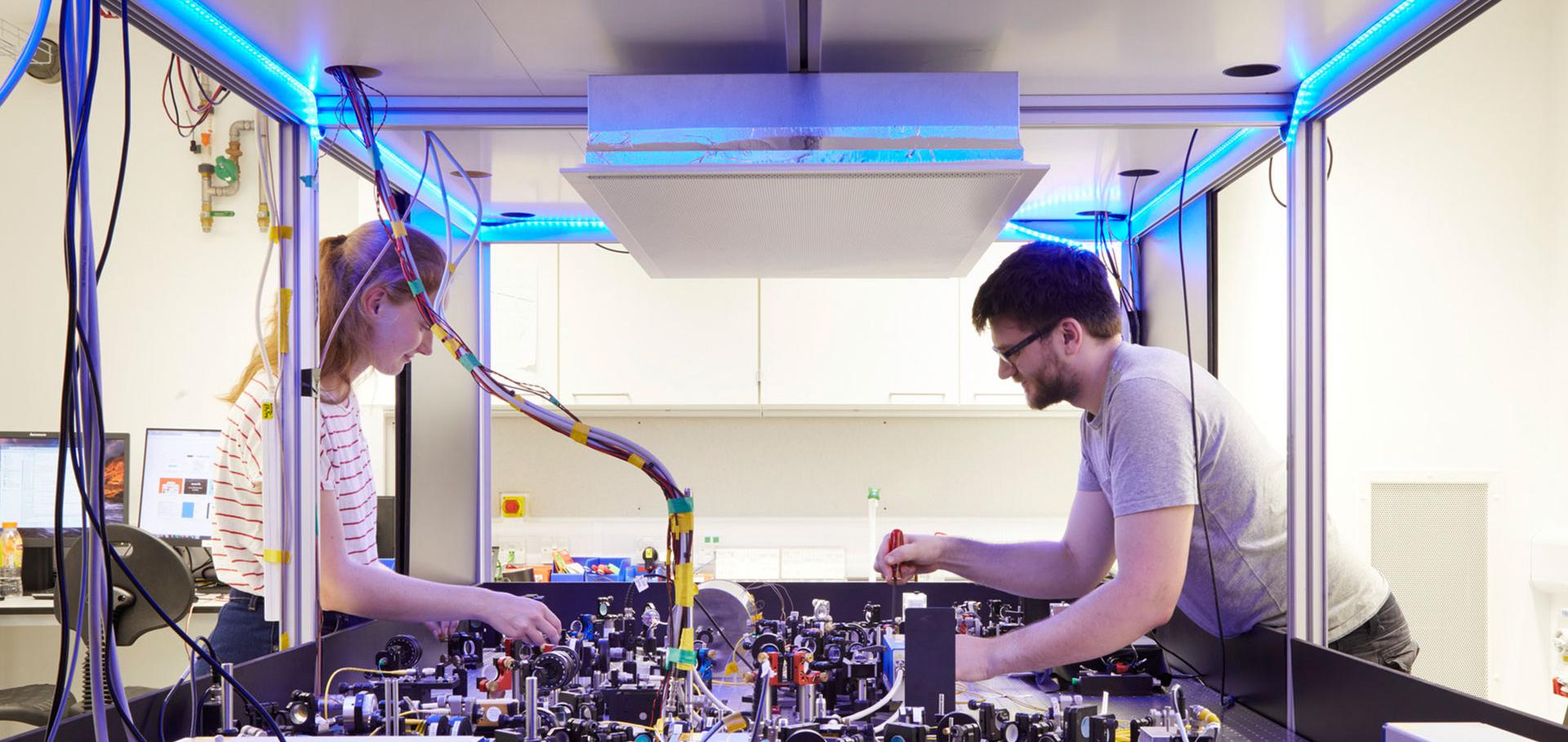Study of X-ray photoionized Fe plasma and comparisons with astrophysical modeling codes
Journal of Quantitative Spectroscopy and Radiative Transfer Elsevier 99:1-3 (2006) 712-729
Production of Dense Plasmas with sub-10-fs Laser Pulses
Physical Review Letters American Physical Society (APS) 96:8 (2006) 085002
New experimental possibilities for measuring radiative opacity under conditions in the Sun's interior
Plasma Physics and Controlled Fusion IOP Publishing 47:12B (2005) b735
An Analytic Geometry-Variant Approach to Line Ratio Enhancement above the Optically Thin Limit
The Astrophysical Journal American Astronomical Society 629:2 (2005) 1091-1101


